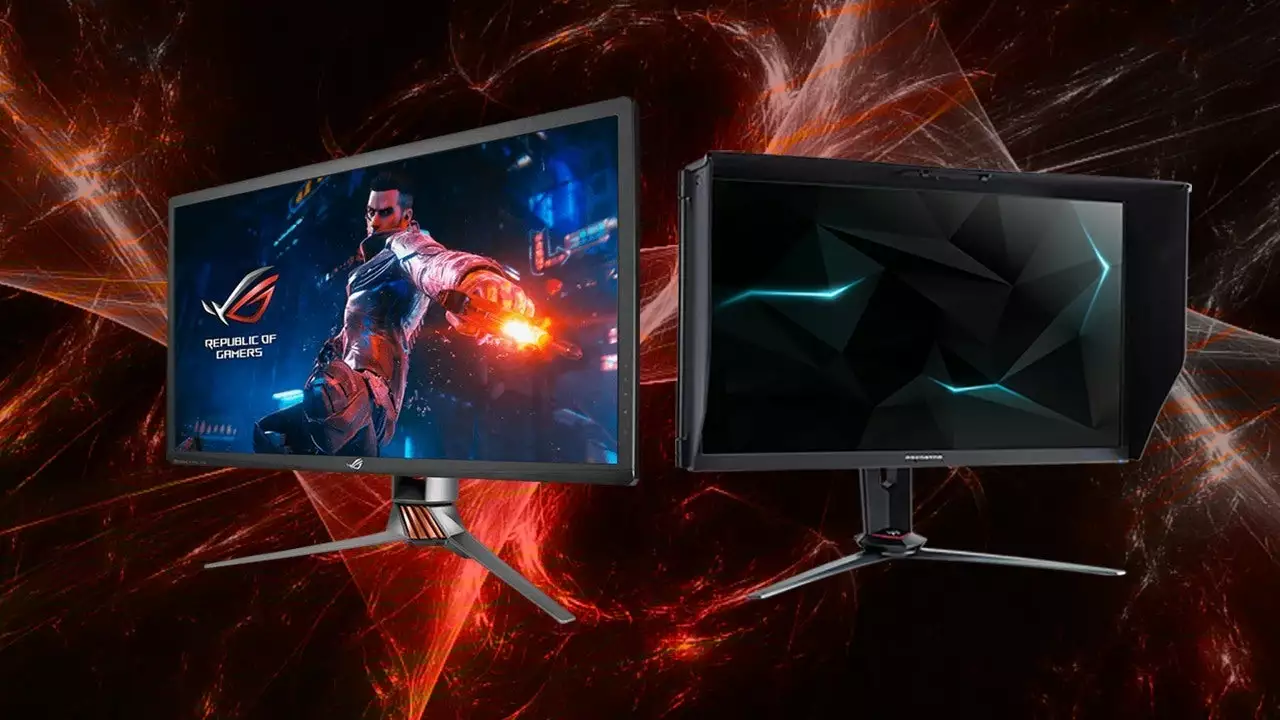4K Monitor Buying Guide: Find the Best 4K Display for Gaming, Work & Movies
If you’ve been scrolling through endless product pages and still can’t decide which 4K monitor to buy, you’re not alone. The market is crowded, the specs sound similar, and every retailer claims theirs is the ‘ultimate’ one. Let’s cut through the hype and give you the practical info you need to pick a 4K screen that actually fits your life.
Why 4K Matters
4K means a resolution of 3840 × 2160 pixels – four times the detail of a standard 1080p display. That extra pixel count translates into sharper text, crisper images, and smoother lines in games. For graphic designers, video editors, or anyone who spends hours staring at a screen, the added clarity reduces eye strain and makes work feel less gritty.
But 4K isn’t just about pixels. A good 4K monitor also gives you better color accuracy, higher refresh rates, and modern connectivity options that keep lag and ghosting at bay. If you pair the right specs with a solid GPU, you’ll notice a real jump in visual quality, whether you’re crushing opponents in a shooter or binge‑watching a series.
Key Specs to Check
Refresh Rate: Look for at least 60 Hz if you mainly need a monitor for productivity or media consumption. Gamers should aim for 120 Hz or higher to enjoy fluid motion and competitive advantage.
Panel Type: IPS panels deliver the best color accuracy and viewing angles – great for creative work. VA panels offer deeper blacks, which can be nice for movies. TN panels are cheap and fast but sacrifice color fidelity.
Response Time: Measured in milliseconds (ms). Below 5 ms is solid for most games; elite esports players often prefer 1 ms.
HDR Support: HDR (High Dynamic Range) can boost brightness and contrast, making images pop. Look for HDR10 or Dolby Vision support if you want richer visuals.
Connectivity: HDMI 2.0/2.1 and DisplayPort 1.4 are the standards for 4K at high refresh rates. Ensure your PC or console has matching ports, or you’ll be stuck at 30 Hz.
Beyond these core specs, think about ergonomics – height adjustment, tilt, swivel – and whether you need a built‑in USB hub or speakers.
Now that you know what to look for, here’s how to apply it to three common use‑cases.
Gaming: Prioritize a high refresh rate (144 Hz or above) and low response time. A monitor with Adaptive Sync (G‑Sync or FreeSync) will keep frame‑rates smooth and eliminate tearing. If you love open‑world titles, HDR can make landscapes feel more immersive.
Productivity & Creative Work: Color accuracy is king. Choose an IPS panel with at least 99% sRGB coverage, and consider a factory‑calibrated unit if you handle photography or video. A larger screen (27‑32 inches) gives you room for multiple windows without squinting.
Movies & Streaming: Look for good contrast ratios and HDR support. A 27‑inch screen at 4K is a comfortable size for most desks, while a 32‑inch or larger 4K TV‑style monitor provides a cinematic feel for a home office.
Finally, set a budget and stick to it. You can find decent 4K monitors under $300, but expect to pay $500‑$800 for premium features like 144 Hz refresh, wide color gamut, and robust build quality.
Quick checklist before you hit ‘buy’:
- Resolution: 3840 × 2160 (true 4K)
- Refresh rate: ≥60 Hz (120‑144 Hz for gaming)
- Panel: IPS for color, VA for contrast, TN for speed
- Response time: ≤5 ms (1 ms if you’re competitive)
- HDR: HDR10 or better
- Ports: HDMI 2.1 / DisplayPort 1.4 + USB hub if needed
- Ergonomics: tilt, swivel, height adjustment
With these basics in hand, you’ll spot the right 4K monitor faster than scrolling through endless listings. Happy shopping, and enjoy the ultra‑sharp view!

- Jul, 17 2023
- Comments 0